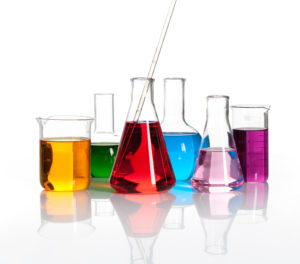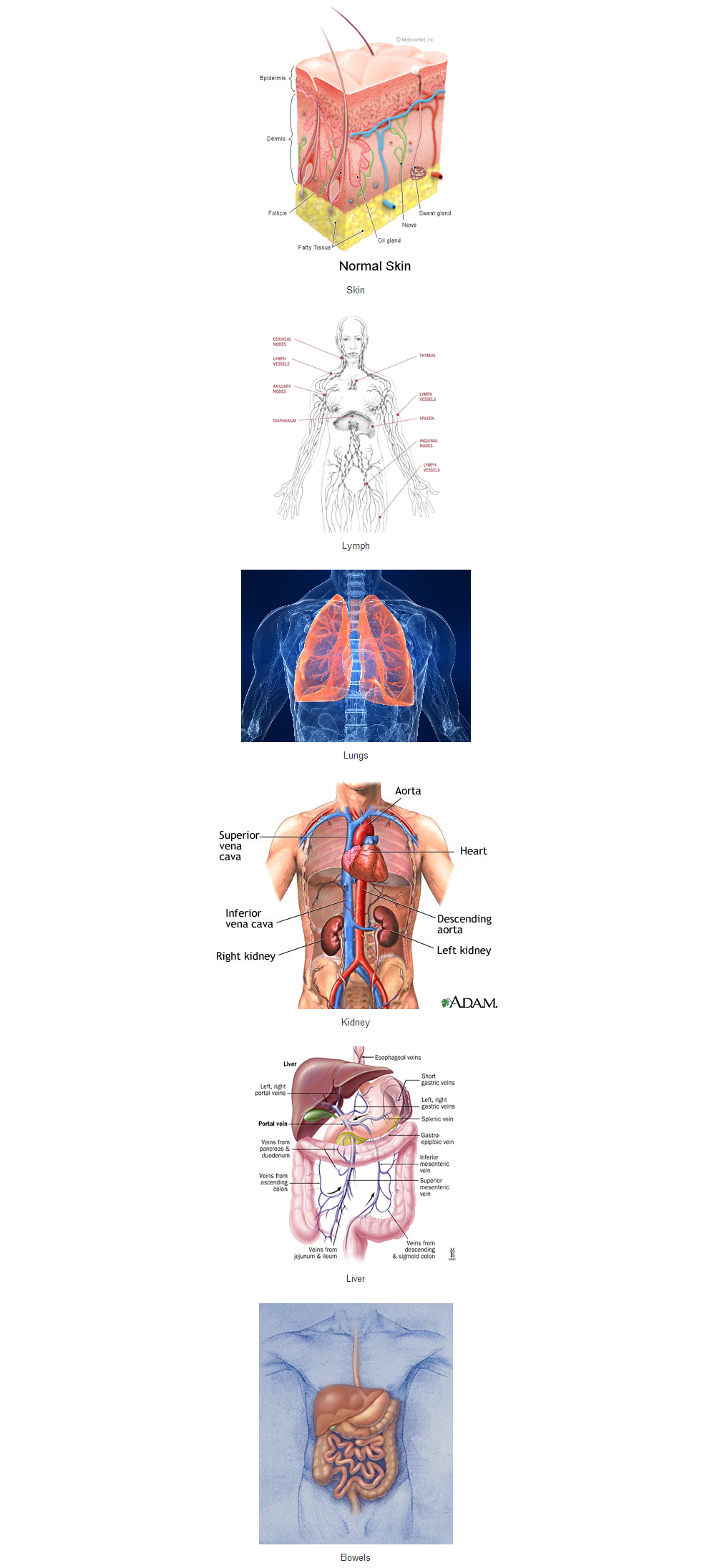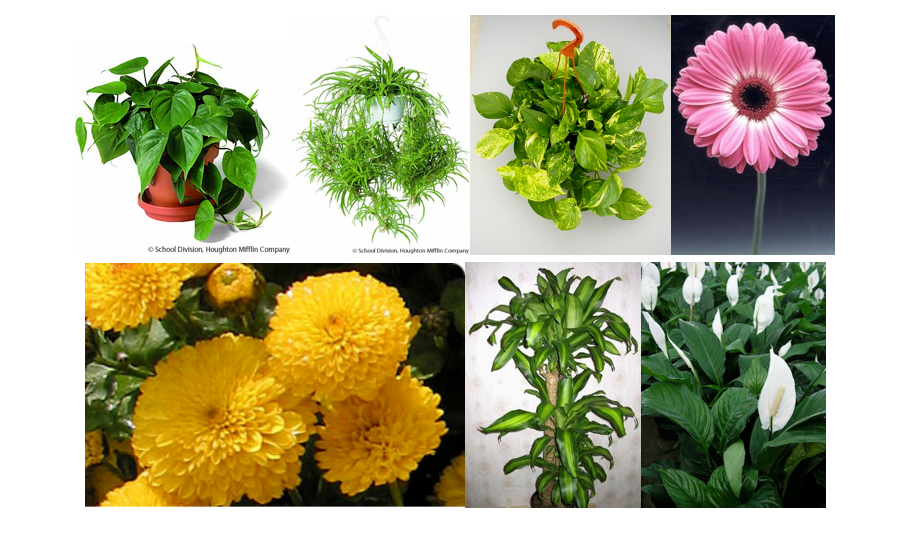Detoxification
Detoxification, cleanse or elimination diets are almost interchangeable in their meaning and practice. A detoxification program, commonly called a “detox” or cleanse, involves supporting the body as it eliminates toxins, chemicals and metabolic waste.
An elimination diet involves a bland diet for 7 to 14 days, which excludes common food sensitivities (wheat, dairy, corn, soy and eggs), recreational beverages (alcohol, coffee, sodas and artificial fruit juices), food additives (MSG, aspartame) and colorants, and foods that are more difficult to digest (meat, seafood).
At the end of an elimination diet, foods are then re-introduced into the diet and the patient makes note if he or she has a reaction to the eliminated foods; examples of reactions are gas, bloating, heartburn, diarrhea, worsening of eczema, headaches, worsening of acne, itchy skin or hives, throat phlegm or brain fog.
Just to complete the circle, an elimination diet is usually involved in a detoxification program.
Chemical Exposure

According the US Environmental Protection Agency (USEPA) Human Adipose tissue study, Americans have the following pollutants/chemicals in their body:
- 100% have OCDD (dioxin), styrene, 1,4-dichlorobenzene, xylene and ethylphenol
- 91-98% have benzene, toluene, chlorobenzene, DDE, dioxins, furan
- 83% have PCBs
- 76% have 20 or more other chemicals in their body
The USEPA also identifies the following chemicals as “ubiquitous” in the air (found everywhere):
- Xylenes
- Tetrachloroethylene
- Ethylbenzene
- Benzene
- 1,1,1-trichloroethane
Unsuspectingly, you may have been exposed to these chemicals in your every day life. Have a look below.
Dioxins: incineration of solid and medical waste, metal smelting, cement kilns
Styrene (ethylbenzene): car exhaust, cigarette smoke, carpeting, fiberglass, packaging, pipes, insulation
1,4-dichlorobenzene: toilet bowl deodorants, garbage deodorants, moth flakes
Xylene: chemical and petroleum industry, car exhaust, polyester manufacturing, paints, dyes, lacquers, pantone pens
Toluene: chemical and petroleum industry, car exhaust, paints, dyes, lacquers, printing, pantone pens
Ethylphenol: decaying manure
Benzene: petroleum industry, car exhaust, rubbers, lubricants, dyes, detergents, drugs, pesticides
PCBs: insulating and cooling electrical equipment, fluorescent light ballasts
DDT: pesticide
Tetrachloroethylene: dry-cleaners, chemical industry, rubber manufacturer, heavy equipment manufacturer (for degreasing), electroplating facilities (for degreasing), pulp and paper manufacturer (for de-inking paper), ink manufacturer
1,1,1-trichloroethane: glues, household cleaners, aerosol sprays
Organs of detoxification

The main detoxification pathways of the body are as follows:
- Skin
- Lymphatic system
- Lungs
- Kidneys
- Liver
- Bowels
Skin: elimination through sweat glands and dead surface skin cells
Lymphatic system: lymph includes immune cells and the fluid outside of cells (extracellular fluid). Human cells dump metabolic waste from the inside of their membranes into the extracellular matrix.
Lungs: Exhalation of carbon dioxide, methane and other gases, and inhalation of oxygen.
Kidneys: Filters the blood and eliminates through the urine
Liver: Main organ of detoxification (Phase 1 and 2). Filters the blood and metabolizes most waste products, drugs, hormones, breakdown products of metabolism and toxins. Waste is included in bile and discharged into the large in digestive system.
Bowels: Receives toxins and waste in the form of bile. Regular bowel movements ensure regular elimination.
Tips to support detoxification and minimize chemical exposure
Here are a few tips to support your organs of detoxification and minimize chemical exposure in your everyday life:
- Regular detoxification. Once or twice yearly, usually the spring or fall are the best times.
- Filter your drinking water and consume at least 1.5L/day.
- Avoid consuming large predatory fish such as tilefish, kingfish, shark, swordfish and tuna.
- Whenever possible, use trusted organic sources of fruits, vegetables, meat, poultry, dairy and eggs.
- Exercise.
- Diagrammatic breathing (belly breathing) to encourage better gas exchange in the lungs and to reduce stress.
- Get plants! NASA and the Associated Landscape Contractors of America (ALCA) conducted a 2-year study on plants as pollution-absorbing devices. According to NASA, the following plants were effective plants at improving indoor air: mass cane, pot mum, gerbera daisy, warnecki, ficus, peace lily, golden pothos, spider plant
